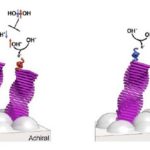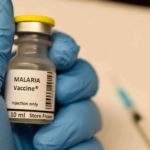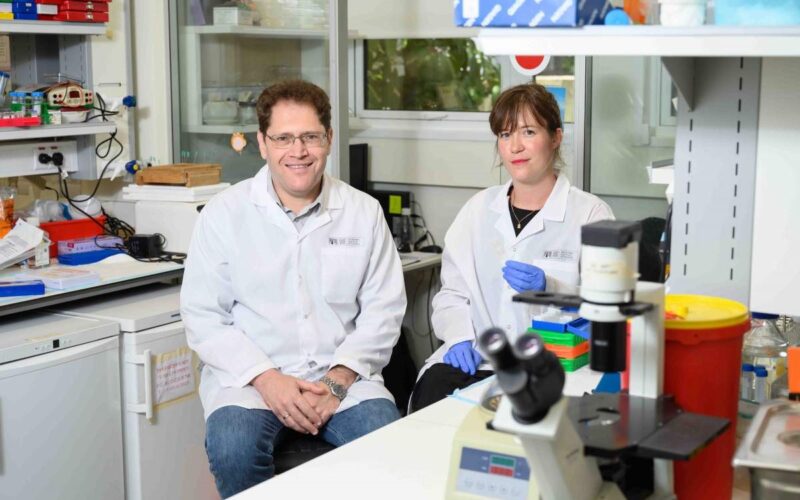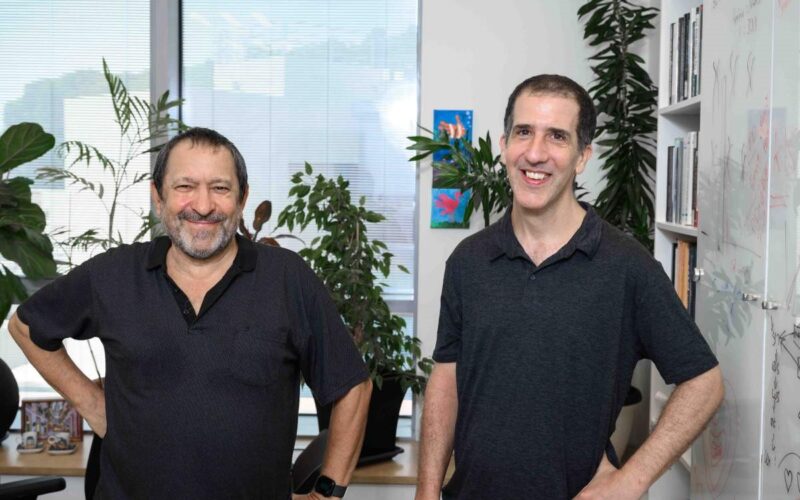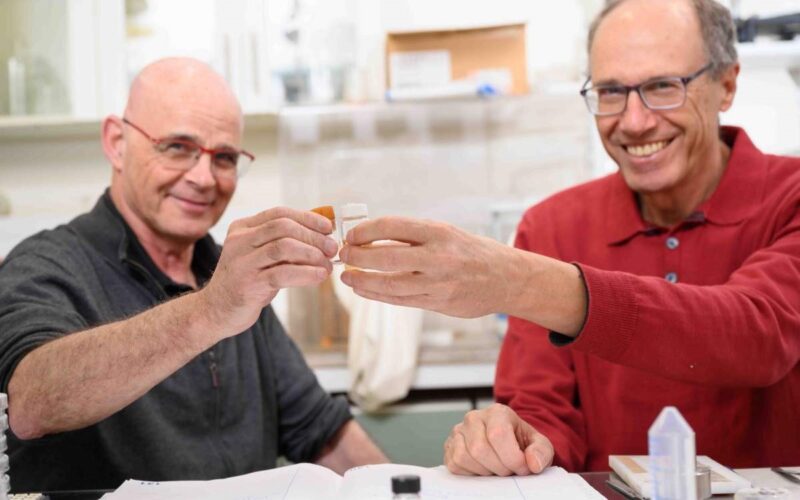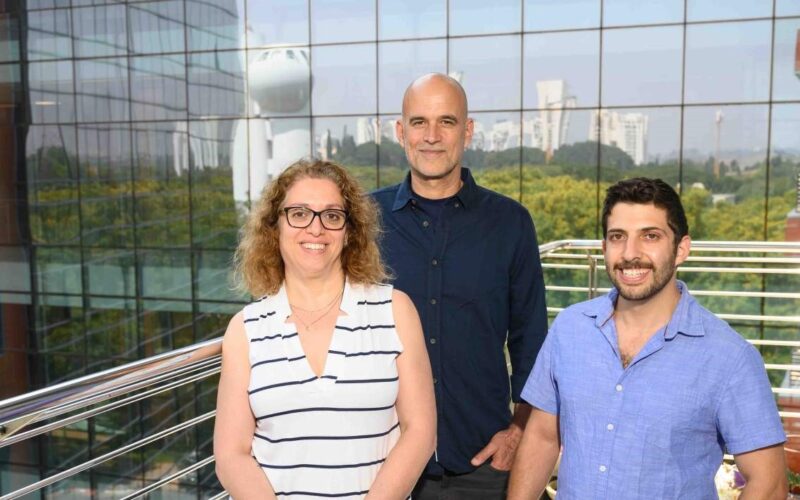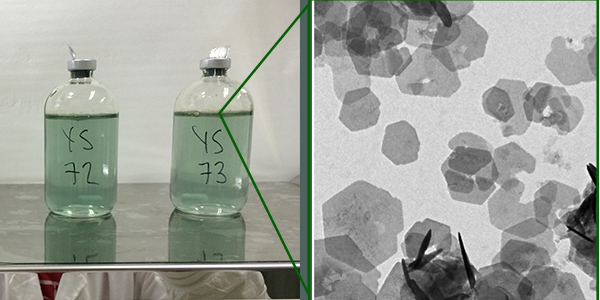
February 2, 2017
Though they may seem rock solid, the ancient sedimentary rocks called iron formations – the world’s chief economic source of iron ore – were once dissolved in seawater. How did that iron go from a dissolved state to banded iron formations?
Dr Itay Halevy and his group in the Weizmann Institute of Science’s Earth and Planetary Sciences Department suggest that billions of years ago, the ‘rust’ that formed in the seawater and sank to the ocean bed was green – an iron-based mineral that is rare on Earth today but might once have been relatively common.
We know there was dissolved iron in the early oceans, and this is a strong indication that Earth’s free oxygen (O2) concentrations were exceedingly low. Otherwise, the iron would have reacted with oxygen to form iron oxides, which are the rusty red deposits familiar to anyone who’s left a bike out in the rain.
According to Halevy, iron is delivered from the land to the oceans as small insoluble oxide particles in rivers. But this mode of sedimentation only came about as free oxygen accumulated in Earth’s atmosphere, about 2.5 billion years ago. With almost no oxygen, the oceans were iron-rich, but that did not mean that iron remained dissolved in seawater indefinitely: It ultimately formed insoluble compounds with other elements and settled to the seabed to give rise to banded iron formations.
The idea that one of those insoluble compounds could be a rusty green mineral, said Halevy, occurred to him during his doctoral research, when he was trying to recreate the conditions on early Mars, including its rusty-red iron sediments.
“I got some green stuff I didn’t recognize at first, which quickly turned orange when I exposed it to air. With a little more careful experimentation, I found that this was a mineral called green rust, which is extremely rare on Earth today, owing to its affinity for oxygen.
“Today green rust quickly transforms into the familiar red rust, but with not much free oxygen around it could have been an important way for dissolved iron to form solid compounds and settle to the seafloor,” Halevy reasoned.
Support for these ideas comes from Sulawesi, Indonesia, where green rust forms today in iron-rich, oxygen-poor Lake Matano, thought to be similar to the seawater that existed during extended periods of Earth’s early history. To test his ideas in detail and explore their significance, Halevy set up experiments in which he and his team recreated, as closely as possible, the conditions of the ancient, oxygen-free, Precambrian ocean. They found that green rust not only forms under these conditions, but that when left to age, it transforms into the minerals found in Precambrian iron formations – a combination of iron-bearing oxides, carbonates and silicates.
Could green rust have been a main vehicle for settling iron out of seawater?
Halevy and his team developed models to depict the iron cycle in Earth’s early oceans, including the possibility of green rust formation and competition with other mineral shuttles of iron to the seafloor. Their findings suggest that green rust was probably a major player in the iron cycle. The iron in the green rust later transformed into the minerals we can now observe in the geologic record.
“Of course, it would have been one of several means of iron deposition, just as a number of different processes are involved in chemical sedimentation in the oceans today. But as far as we can tell, green rust should have delivered a substantial proportion of iron to the very early ocean sediments,” concluded Halevy.
Dr Itay Halevy’s research is supported by the Helen Kimmel Center for Planetary Science; the Deloro Institute for Advanced Research in Space and Optics; and the Wolfson Family Charitable Trust. Dr Halevy is the incumbent of the Anna and Maurice Boukstein Career Development Chair in Perpetuity.

Green rust (l) forming in Halevy’s lab in conditions similar to those in the Precambrian ocean. (r) Electron microscope images reveal the thin, hexagonal plates typical of green rust
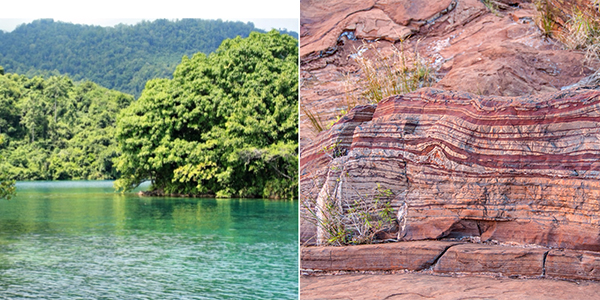
In Lake Matano, Indonesia, (l) low oxygen and high iron concentrations enable the formation of green rust; this may have been the original source of the banded iron formations (r) that are a major source of iron ore today

